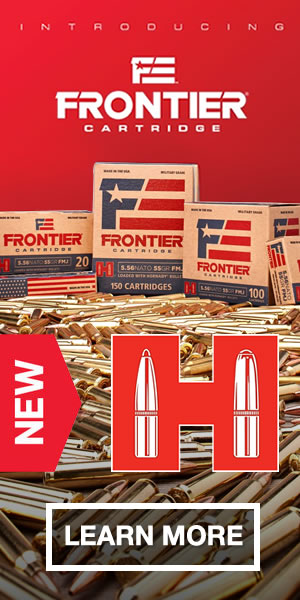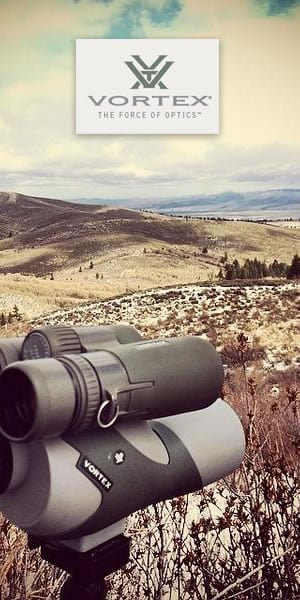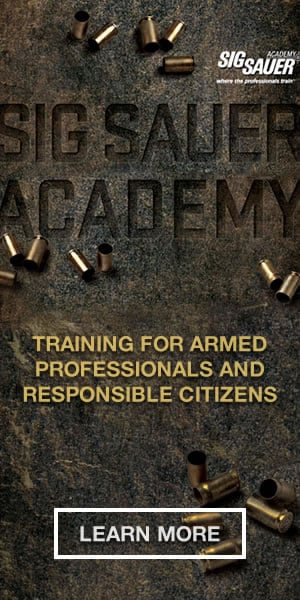Smith and Wesson is the largest purveyor of handguns in the world-which means they have a handgun capable of meeting every conceivable shooting need. From target shooting, hunting and sport shooting to self-defense, Smith and Wesson does it all, and does it very well. There are so many variations of their various handgun types and models that it is hard to keep up with them all.
One of the most overlooked of all self-defense capable pistols in their lineup are the full-size SD9 and SD40 VE pistols, which have been eclipsed by the wildly popular M&P series of semi-automatics. The M&P autos are currently Smith and Wesson's top selling self-defense pistols.
The full size M&Ps have a lot going for them, and have found their way into law enforcement holsters across the country-giving Glock a run for its money. M&P pistol features include ambidextrous slide release levers, interchangeable backstrap inserts for optimal grip comfort, optional manual safeties, optional tritium sights, and upgraded, ported barrel versions available through the Smith and Wesson Performance Center.
But what if you are one of those individuals who don't need all the M&P features or potential features, or who don't want to or can't afford an M&P? What if what you want is simply a solid, reliable semi-automatic that is affordable and suitable for self-defense or informal target shooting? Smith and Wesson has that too-the much unheralded SD9 and SD40 VE pistols.
Introduced in the mid-1990's as the Sigma line of pistols, the SD9 and later SD40, were Smith and Wesson's first foray into the polymer framed pistol market already firmly held by Glock. Borrowing design aspects for the Sigma perhaps a bit too heavily from Glock, resulted in a lawsuit and out of court settlement with Glock in 1997. You will note the striking similarity of the Glock style takedown system in the SD pistols that was not transferred over to the later M&P line.
The early Sigmas were good basic pistols with a bad trigger. Instead of the trigger lever type safety of the Glock, Smith opted for a two piece articulating trigger safety system that produced a heavy, mushy trigger pull. There was no comparison to the easier and crisper Glock trigger pull, and relatively few Sigmas found their way into law enforcement holsters or civilian hands.
The Sigma line expanded a bit into what I consider one of the best .380 pocket pistol designs-with a couple of caveats-the Sigma SW380 M. The Sigma .380 was a simple blowback design, and featured a snag free profile, channel sight system that was accurate enough for self-defense shooting, and a magazine release system that was darn near impossible to accidentally release when carried in the pocket. There were two issues that hampered the acceptance of the SW380M. One was that the Sigma .380 had a slide manufactured out of Zamak alloy, rather than steel, in order to save costs. There was a limit to the life of the slide that was unlikely to be exceeded by the owner. The second may have been that takedown for cleaning involved removing a rolled steel pin using a takedown tool, which was much different than other blowback autos of the era. The pistol was just too different than standard pistols like the Walther PPK. The Zamak slide was off-putting enough that sales of the SW380M apparently weren't all that good. Had the Sigma .380 had a steel slide, it might still be manufactured today. There was also a short lived not often seen 9mm Sigma that was available for a time as well. Even so, it made a great carry pistol.
In 2011, the 9mm and .40 Sigma line was reworked and the Sigma name was dropped entirely. It was exchanged for the SD VE name, which is still not as catchy as the name "M&P" (which stands for Military and Police).
The current SD 9mm and .40 caliber pistols are a big improvement over the original Sigmas. Most importantly the trigger pull was greatly improved over the original. The grip was also made more ergonomic, although I never had a problem with the feel of the original. There is no provision for adjusting the backstrap. Magazine capacity of the SD9 VE is 16, while the SD40 VE holds 14.
The current lineup of the SD line is somewhat limited as this is a secondary line for Smith and Wesson (although they are quite committed to it as it fills an important niche). There are no compact versions and the only available style is a brushed stainless steel slide over a black frame, which is a good look-more attention getting when viewed from the wrong (bad guy) end than all black. California, Massachusetts, and low-capacity (10 round) versions are available.
Any of the Sigma/SD series of pistols I have handled has exhibited flawless reliability (which they should, based on their design heritage). It was the SD9 VE that was chosen to arm the Afghani police forces after our campaign to end terrorism there began. It proved more than reliable enough to operate in those difficult conditions.
Now that the once bad trigger has been fixed, the SD series should be a prime choice for those seeking a solid 9mm or .40 caliber handgun. The price? By way of comparison, the Smith and Wesson M&P9 has an MSRP of $569.00 in its basic configuration, while the SD9 VE has an MSRP of $389.00-nearly $200 less than an M&P. Better yet, the SD9 VE and SD40 are both on sale through December 29 for $289. Two easy release stainless steel magazines are included. It is a bargain that you may want to consider.
Wishing you all a Merry Christmas and a Safe and Prosperous New Year!


